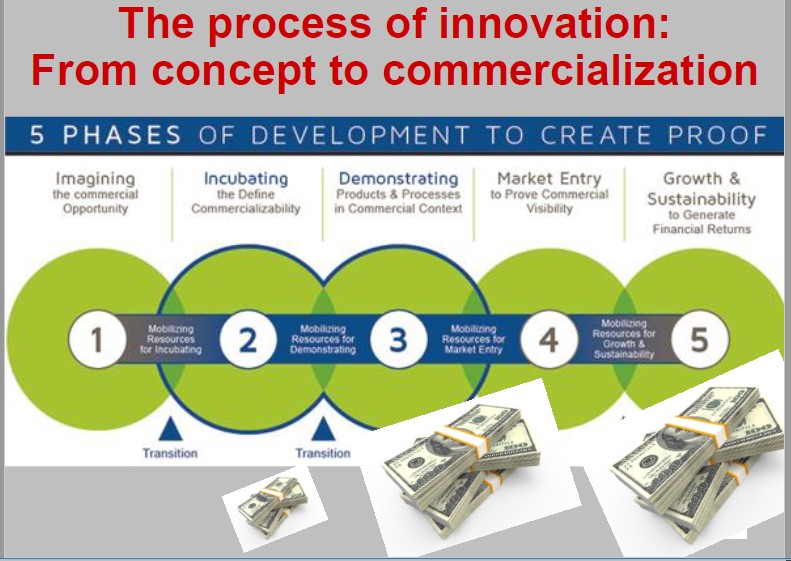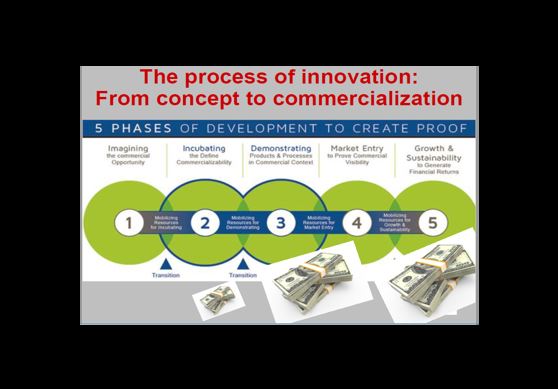According to a survey conducted by the Center for Creative Leadership, the drive for innovation was cited as the No. 1 trend impacting organizational strategy[1]. But executives in institutional settings – such as large corporate, government and nonprofit organizations – may not be familiar with what the “intrapreneurial” innovation process looks like.
How can YOU be better prepared to lead major change, advocate for and implement new ideas, and steadily build your legacy as an inspiring, innovative leader within large institutions?
As Peter Drucker, the “father of modern management” once said, “The enterprise that does not innovate inevitably ages and declines. And, in a period of rapid change as the present, the decline will be fast!”
There are four major differences between innovation leadership and operations leadership[2].
- Innovation is ambiguous.
- Innovation is high profile.
- Innovation is risky.
- Innovation means moving into unchartered territory.
With these four factors in mind, the innovation process is a series of five predictable “gates.” Once you understand these gates or milestones, it will prepare you, the innovative executive, to understand the expectations, characteristics, and demands of each stage.
The first step is ideation – or imagining. The innovation could be radical, or incremental – focused on a customer problem or market need/opportunity. During this phase, a leader must be open to lots of ideas, facilitating input and listening to contributors. Quantity over quality is important at this stage. Trust between leaders and staff (idea sharers) is paramount[3].

The second step is incubation of the great idea. Ideas must be vetted or screened. A process for determining which ideas will be advanced is important, including appropriate internal and external focus groups, and customer feedback.
The third step is demonstration. This is a period where pilot programs may offer the opportunity to test a concept at a small scale and begin to experiment. This stage provides an opportunity for the organization to learn, and to accelerate success or “fail forward” (also known as “fail fast”) before large investments are applied.
The fourth step is market entry. The demonstration project must be “priced, packaged, and promoted” if it is to be willingly adopted by a target audience or user. Creating a guiding, cross-functional team is critical. Money, staff and resources must be allocated to support the new idea[4].
[1] Yip, Jeffrey, Ernst, Chris, and Campbell, Michael (2016). Boundary Spanning Leadership Mission Critical Perspectives from the Executive Suite. Center for Creative Leadership white paper.
[2] Mitchell, Michael T. (2017) Center for Creative Leadership.
[3] Desouza, Kevin C. (2011). Intrapreneurship: Managing Ideas within Your Organization, University of Toronto Press.
[4] Desouza, Kevin C. (2011). Intrapreneurship: Managing Ideas within Your Organization, University of Toronto Press.




